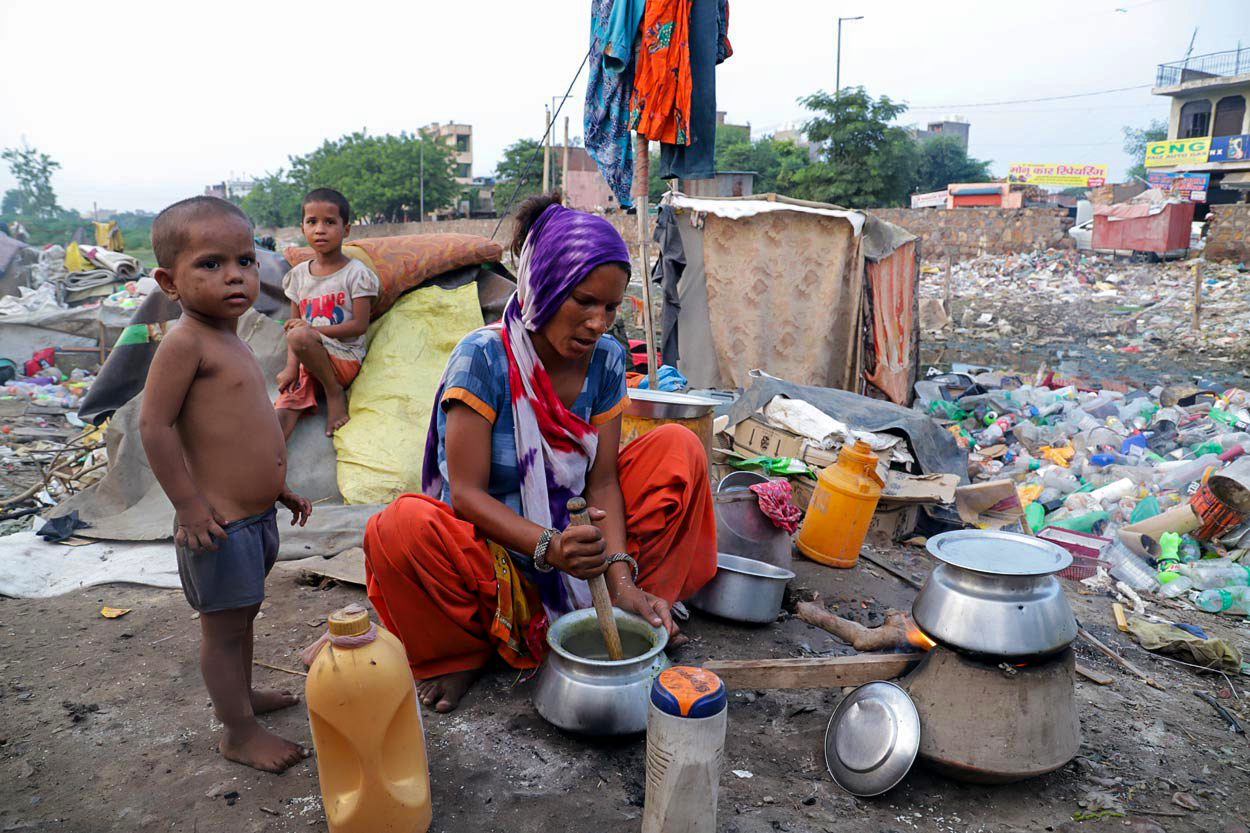World Thrift Day 2022: Relearning saving skills in India

India recently overtook Nigeria to become country with largest number of people living in extreme poverty
“Life is difficult, and complicated, and beyond anyone’s total control, and the humility to know that will enable you to survive its vicissitudes.” These words by J K Rowling, the author of Harry Potter, during her Howard commencement speech in 2008, find relevance in almost everyone’s life. However, there are several ways by which one can minimise the wrath of uncertainty. Saving is one of the finest ways of securing a fulfilling future. Saving in a disciplined way does not only empower to wrestle with the unfortunate events but also offers a stress-free lifestyle.
Warren Buffet who according to the Forbes magazine, is the 6th richest person in the world, has often been quoted as saying, “Do not save what is left after spending, but spend what is left after saving.” To signify the importance of saving “World Thrift Day” is celebrated on October 31 each year across the globe. The day is celebrated to promote saving and financial security of an Individual and the nation as a whole. In India, the day is observed on October 30.
World Thrifting Day 2022
The concept of celebrating the World Thrift Day originated at the first International Thrift Congress, which was held in Milan, Italy, in 1924. This is aimed at changing the behaviour of saving and reminding people of the importance of wealth. Filippo Ravizza, an Italian professor, is believed to have come up with the concept.
In India, for almost two decades after independence, the country was too poor to have significant savings. However, from the 1960s, it began to pick up. According to the World Bank, savings accounted for only 6 pc of the country’s GDP in 1960. It rose to 9.6 pc in 1963 and 11.4 pc in 1970. It reached the pinnacle in 2007 and again in 2010 the national savings was 34.4 pc of the GDP, the highest ever recorded.
India has an age-old tradition of saving a sizable portion of income rather than squandering it. Indians believe in setting aside the optimum amount of their income today to prepare for the ‘rainy day’ and deal with the contingencies of the future. Savings act as a cushion that absorbs extra expenses without making a hole in the pocket. Allocating a significant portion of income, on the other hand, reduces the amount available for consumption.
In a report, the Reserve Bank of India says that there is a significant correlation between growth in the economy and savings. And often, higher investment and savings also go hand in hand. It points that savings rate rose from 9 pc in 1950-51 to 37.7 pc in 2007-08. The investment rate in the corresponding years rose from 10.7 pc to 39.1 pc, says the RBI.
Spend today, worry tomorrow
For over a decade after this, the savings rate fluctuated rapidly, dropping significantly as the Indian middle class cast aside its fears of tomorrow and began spending for today. With a sharp rise in disposable income from 2000-2015, the middle classes began spending on all kinds of activities – from shopping for branded products, to travelling, eating out more frequently and simply partying.
Per capita consumer spending rose rather slowly from USD 260 in 1960 to USD 489 in 2000, a cumulative growth of 88 pc in 40 years. In barely 16 years after that, it grew by 107 pc from USD 489 to USD 1013 in 2016. It means that consumer spending increased about thrice as fast in the past 16 years as in the previous 40 years.
However, the growth in consumer spending has come at a huge cost to the poor as the total household debt in India has risen dramatically from USD 8.6 billion in March 1998 to USD 392.9 billion in March 2021, the highest ever recorded. The debt grew dramatically from USD 335 billion in the year April 2020-March 2021, the sharpest ever spike of 17 pc in a year. Much of this is explained by the disastrous lockdowns announced by the Narendra Modi government which led to loss of income for well over 250 million Indians and propelling over 160 million Indians into extreme poverty, reversing the gains made in the past decade.









